June 24th, 2024
Top 10 AI Data Tools
By Alex Kuo · 10 min read

Overview
In an age where data is as valuable as currency, the adoption of Artificial Intelligence (AI) tools in data analysis and management has revolutionized how businesses operate. From enhancing productivity to driving innovation, AI data tools are at the forefront of turning complex datasets into actionable insights. As industries ranging from retail to healthcare harness the power of AI for various purposes, including personalizing customer experiences and streamlining operations, the demand for sophisticated AI data tools has surged. This article delves into the top 10 AI data tools that are shaping the future of business intelligence, decision-making, and customer engagement.
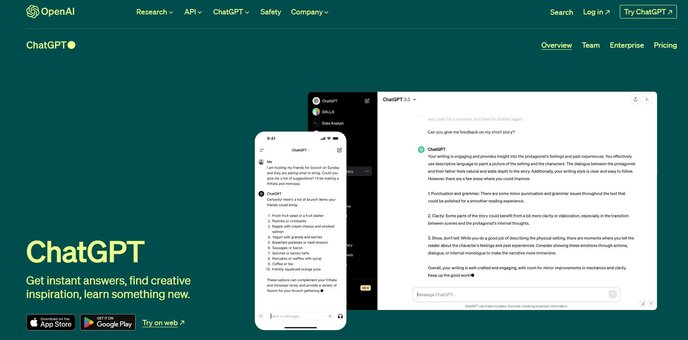
1. ChatGPT: Redefining Conversational AI
OpenAI's ChatGPT has set the standard for conversational AI with its ability to understand and generate human-like text. Its widespread application across industries highlights the transformative impact of AI on digital communication.

2. Google Gemini: Advancing Language Models
Google Gemini leverages the power of Google's advanced language models to provide dynamic, current responses to user queries. Its integration with Google Search ensures that users have access to the latest information, making it a versatile tool for research and knowledge discovery.
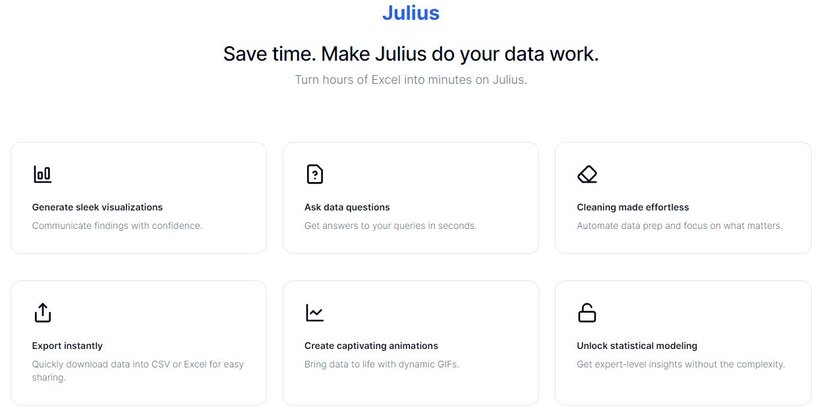
3. Julius AI: Streamlining Data Analysis and Visualization
Julius AI emerges as a groundbreaking AI tool designed to simplify complex data analysis and visualization tasks. By leveraging advanced algorithms and machine learning models, Julius AI enables users to effortlessly interpret large datasets, uncover hidden patterns, and make data-driven decisions with precision. Its notable features include intuitive data manipulation, real-time insights, and the ability to generate detailed reports and graphs that convey information in an easily digestible format. Whether for academic research, market analysis, or operational optimization, Julius AI provides a versatile platform that caters to the diverse needs of professionals across various sectors. With Julius AI, businesses and researchers can harness the full potential of their data, fostering innovation and enhancing strategic initiatives.

4. Canva Magic Studio: Unleashing Creativity
Canva Magic Studio combines AI with intuitive design tools to streamline the creative process. From generating ideas to refining final designs, Magic Studio empowers users to bring their visions to life with unprecedented ease and speed.

5. NVIDIA CUDA-X AI: Accelerating Deep Learning
NVIDIA CUDA-X AI libraries are designed to supercharge deep learning applications with GPU acceleration. Offering unmatched performance, these libraries support a range of AI models, making them essential for researchers and developers working on cutting-edge AI projects.
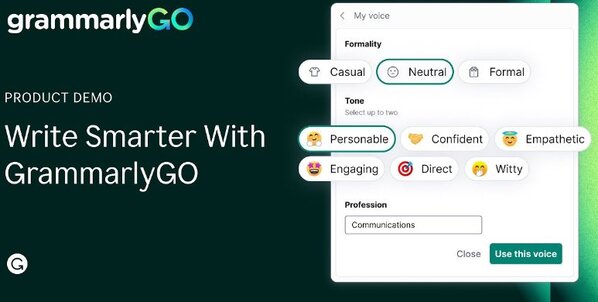
6. GrammarlyGo: Elevating Writing with AI
Grammarly's AI-powered writing assistant, GrammarlyGo, offers real-time suggestions for improving clarity, grammar, and style. Tailored to individual writing styles, it ensures communications are not only error-free but also resonate with the intended audience. GrammarlyGo's integration across platforms simplifies content creation and enhances productivity.
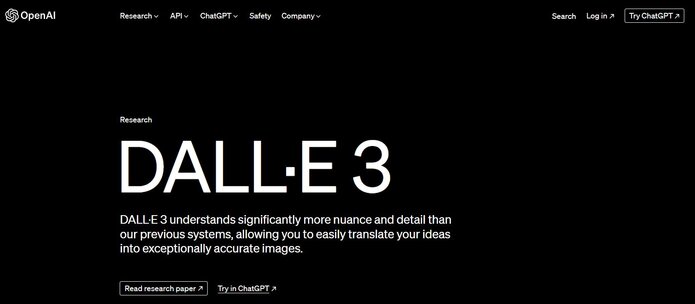
7. OpenAI DALL-E 3: Transforming Text to Image
OpenAI's DALL-E 3 takes text-to-image generation to new heights, offering detailed visual representations based on textual prompts. Its ability to fine-tune images based on user feedback exemplifies the potential of AI in creative fields.
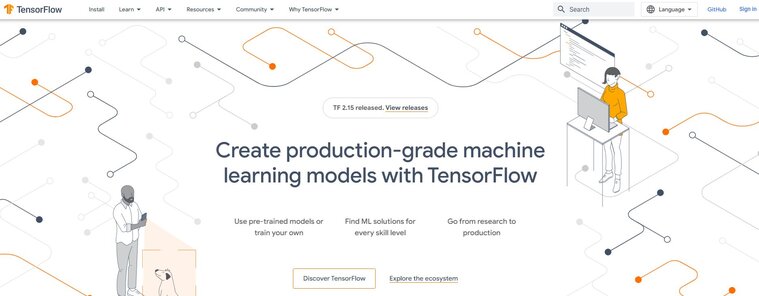
8. TensorFlow: Pioneering Machine Learning
TensorFlow, Google's open-source library, is instrumental in developing machine learning and neural network models. Its versatility across languages and applications makes it indispensable for AI-driven projects. TensorFlow's ease of use and comprehensive toolkit facilitate the creation of innovative solutions across various sectors.

9. Adobe Firefly Image 2: Empowering Visual Creativity
Adobe Firefly Image 2 harnesses generative AI to assist users in creating stunning visuals. With improvements in image quality and generation capabilities, Firefly Image 2 is a testament to Adobe's commitment to blending AI with creative expression.
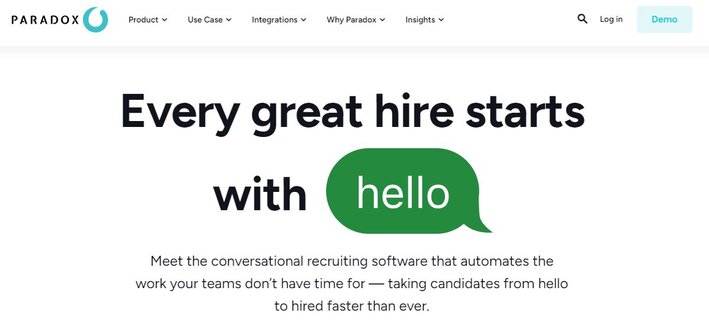
10. Paradox.ai: Revolutionizing Recruitment
Launched in 2016, Paradox.ai stands out as a conversational AI platform transforming the recruitment process. By automating nearly every step, from application to onboarding, Paradox.ai frees up recruiters to focus on nurturing talent rather than administrative tasks. Its notable features include seamless candidate engagement, automated screening, and efficient scheduling, making it a game-changer in talent acquisition.
Conclusion
The landscape of AI data tools is ever-evolving, with each tool offering unique capabilities that cater to different needs and industries. From automating mundane tasks to fostering creativity, these top 10 AI data tools exemplify the profound impact AI can have on enhancing decision-making, improving customer experiences, and driving business growth. As AI continues to advance, the potential for these tools to transform data into actionable insights will undoubtedly shape the future of technology and innovation.
Frequently Asked Questions (FAQs)
Can AI replace a data analyst?
AI can enhance a data analyst’s work by automating repetitive tasks, processing large datasets, and generating insights faster. However, it cannot fully replace the human expertise required for contextual interpretation, strategy development, and addressing nuanced business challenges. Data analysts remain critical for turning AI-generated insights into actionable decisions.
Is the data analyst still in demand in 2024?
Yes, data analysts are very much in demand in 2024, as businesses increasingly rely on data to drive decisions. While AI tools assist in processing and analyzing data, the need for skilled professionals to interpret results, understand trends, and provide strategic recommendations remains essential across industries.
Will AI overtake data science?
AI is transforming data science by automating processes like data cleaning, model training, and pattern recognition. However, it is unlikely to overtake the field entirely, as human data scientists are needed to develop AI models, solve complex problems, and ensure ethical and accurate application of AI technologies.
